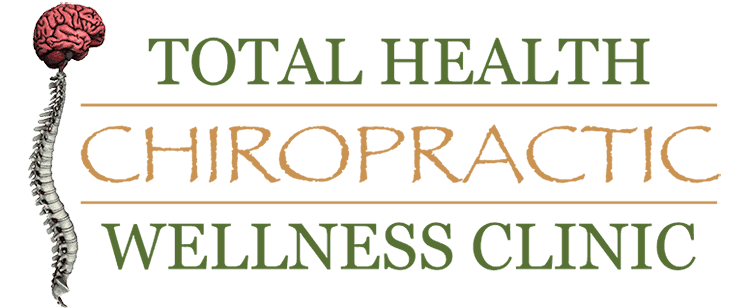The title sounds like a tag line for a new movie or piece of artwork. New research states that permanent bone structure changes take place at the back of the skull as a result of extended amounts of time in a forward head posture position. Authors of the study attribute the cause of the increased amount of forward head posture to increased time on hand-held technology devices such as smartphones and tablets.
 In 2018, research was published in the journal Scientific Reports, that evaluated x-ray findings of 1,200 subjects ranging from ages 18 to 86 years old. The small bump on the back of the skull is called the external occipital protuberance (EOP). It was found that an enlarged EOP was noted at higher incidence in younger adults who had greater degrees of forward head posture. The small horn-like growth at the back of the skull appeared to be caused by increased amounts of stress on the muscles, tendons, and ligaments in that area due to forward head posture. As stress loads increase in ligaments, muscles, and tendons for long periods of time, bony deposits form within the body as a protection mechanism.
In 2018, research was published in the journal Scientific Reports, that evaluated x-ray findings of 1,200 subjects ranging from ages 18 to 86 years old. The small bump on the back of the skull is called the external occipital protuberance (EOP). It was found that an enlarged EOP was noted at higher incidence in younger adults who had greater degrees of forward head posture. The small horn-like growth at the back of the skull appeared to be caused by increased amounts of stress on the muscles, tendons, and ligaments in that area due to forward head posture. As stress loads increase in ligaments, muscles, and tendons for long periods of time, bony deposits form within the body as a protection mechanism.
An increasingly sedentary lifestyle accompanies massive amounts of time spent looking forward and down at devices. An adaptive process takes place within the body to alleviate the added weight and pressure being placed on the back of the head and neck. An incredible amount of strain prompts bone to infiltrate the tendons, as muscles at the back of the skull work to prevent the head from falling toward the chest.
Weight added to the spine dramatically increases when forward head flexion increases at varying intervals. A 2014 study published in the journal, Surgical Technology International, found that “an adult head weighs 10 to 12 pounds in the neutral position. As the head tilts forward the forces seen by the neck surges to 27 pounds at 15 degrees, 40 pounds at 30 degrees, 49 pounds at 45 degrees and 60 pounds at 60 degrees.”
The extra stress from forward head posture on the neck and skull produce significant effects. Commentary focuses on the shocking presence of the bone spur but the protrusion registers as the smallest of concerns. The process involved in the bone spur formation indicates a danger and concern far greater than anything superficial. Improper head and neck configuration signify abnormalities in the nervous system and dangerous long-term outcomes for a person’s overall health, function, and performance.
These bone spur formations take a long time to develop. Individuals who suffer from EOP spurs began applying stress and strain to the head and neck area during the early stages of childhood. The length of time needed to form a bone spur suggests that sustained improvement in posture and head positioning prevent further degenerative change and allows for correction and healing. Chiropractic care plays a vital role in helping reduce stress and abnormal spinal positioning which promote disease, discomfort, and long-term health concerns. Research continues to alert people to the dangers of overusing technological devices as they pertain to deteriorating effects on the head, neck, and spine. Chiropractic helps relieve the damaging effects of forward head posture while providing education and care plans for the sustained health and function of the neck, spine, and nervous system.
References:

